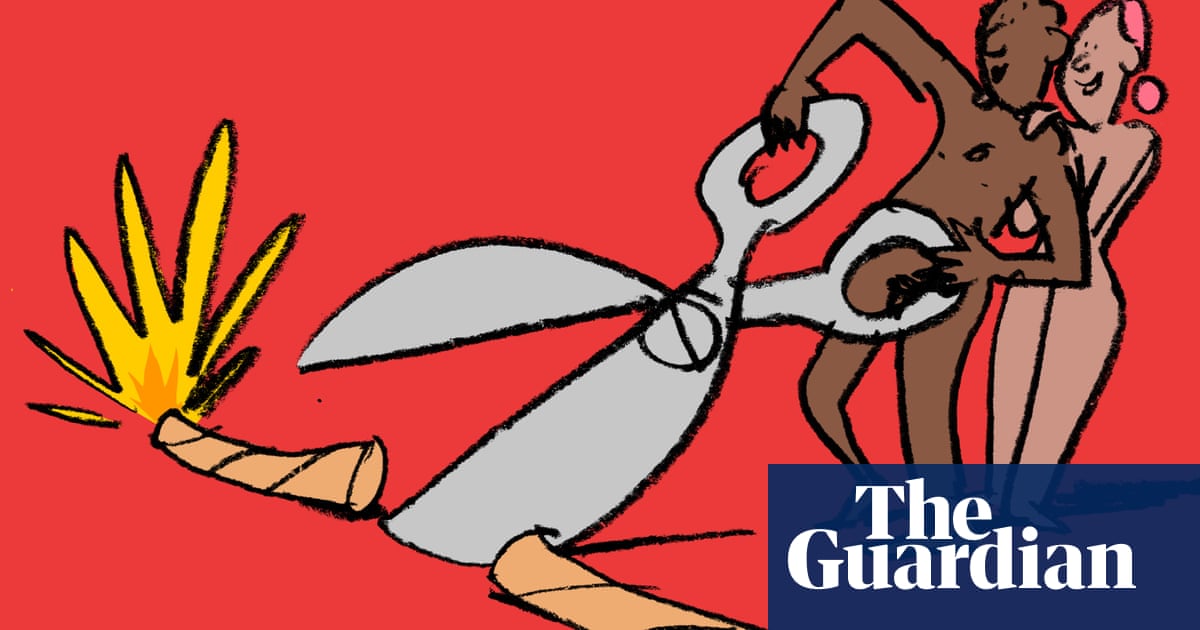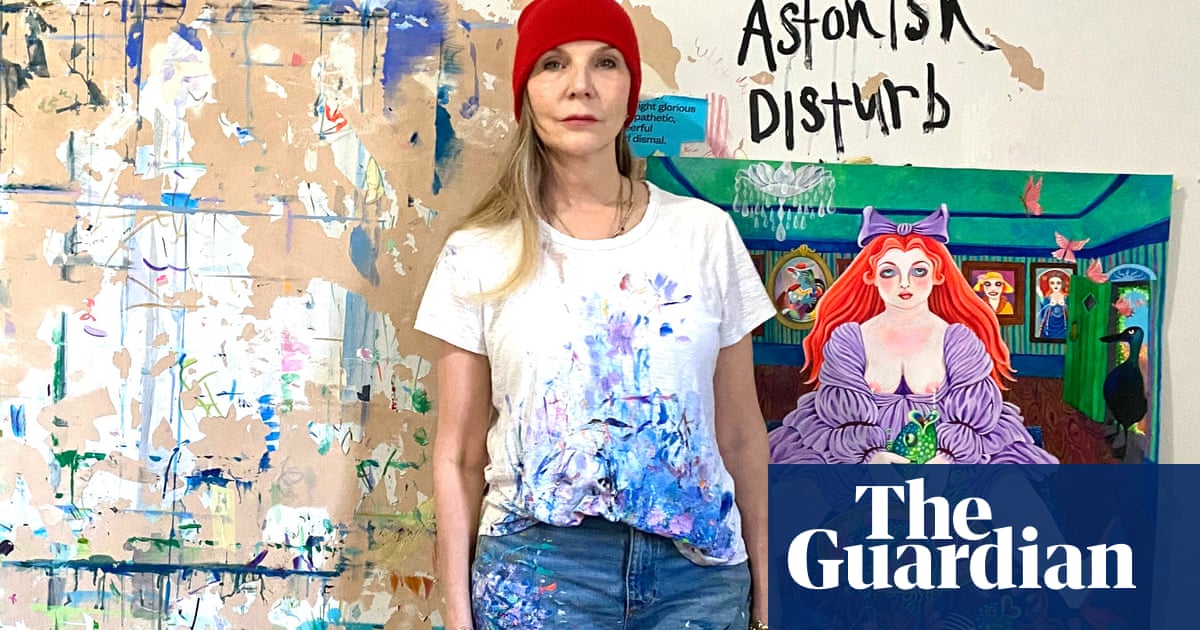
‘Picture this,” someone says. “A juicy green apple. Can you see it?”
Of course I can’t see it. My head is filled with all things apple; the central concept connects with myriad associated topics: orchards, trees, red apples, rotting apples, cider, blossom, an endless web that spreads along more and more tenuous connections. But of course I can’t see it. I usually say yes, though, because I assume it’s a figure of speech.
But 98% of people actually do see the thing they’re imagining, like a picture in their head. The other 2%, like me, are aphantasic. There’s a line I like in John Green’s The Fault in Our Stars: “I fell in love the way you fall asleep: slowly, and then all at once.” I found out I was aphantasic slowly, then all at once. Decades ago, my wife began visualisation for meditation. I couldn’t do it. Not only could I not see an imaginary orange, I couldn’t see a circle or the colour orange. But I understood visualisation to be a special skill that you worked on. Rather like juggling. And I was sure that with practice I could accomplish either one of those.
Then a year ago, I read an article online about aphantasia and all at once I understood that pretty much everyone visualised their thoughts all the time!
That was a shock. I understood the concept. Like the large majority of aphantasics I see pictures when I dream. (Dreaming comes from a different part of the mind.) But it sounded like great fun to be able to summon moving images to the mind. I felt suddenly robbed, as if I had missed out on some universal treat. And that’s how the language frames it – you “suffer” from aphantasia. A swift Googling gives us this description: “Aphantasia is neurological defect that affects the brain without any serious health risks.” A defect. Well … damn.
People I tell are amazed. They want to know how I even function, how I imagine anything. There’s a distinct vibe of pity. I have a severely disabled daughter, so I in no way want to overplay this card – I know what disability is – but, in some sense, I felt momentarily that I was disabled, that I lacked a significant ability that I should have had.
I’ve discovered since that there are people who don’t hear an inner voice. At this point I shared the incredulity others experience regarding aphantasia. It’s hard for me to imagine life without an internal voice. I also discovered that some people have other internal senses, such being able to smell, touch and taste in their minds. I can’t do those things either.
I don’t have a problem with imagination. I write books that are often praised for clear and evocative visual description. I’m asked by people if I’ve climbed rock faces, fought with swords or even had cancer, because my descriptions of these experiences have convinced people who have actually lived them that I must have, too. (I haven’t.)
It’s very hard to know if aphantasia has an impact on my writing. I tend to avoid lengthy visual description, but I feel that’s a matter of taste. I’m currently going over a forthcoming book with my editor, who uses the “praise sandwich” to feed criticism past the author’s ego. So she takes the time to compliment lines she admires, such as this one:
Wings rose above the holothaur’s back, a black suggestion of flight, reaching to the vaulted ceiling to merge with the shadows there.
Now this is a wraithlike creature, so harping on about veined leathery wings or midnight feathers or whatever wouldn’t be appropriate. But I guess I do tend to stretch the language in a manner that brushes against poetry, such as in “a black suggestion of flight”, which focuses on a feeling, rather than specific physical details.
These days, I reject the description of aphantasia as a defect. I see it as an alternative. You see a horse if asked to imagine one. I find this rather limiting. I imagine a web of horse-stuff that leads me down many paths. The idea of seeing one particular horse actually lacks appeal. What if it’s not the horse I want? What if I want something larger, more fundamental than an image? From the outside all we see are results; the interior workings are hidden. The idea that the qualitative experience behind each individual’s existence can be so different is a new and fascinating one. I suspect that we have much to learn about quite how unique each of us is in the handcrafted virtual reality we all maintain behind our eyes.
Mark Lawrence is the author of The Broken Empire series. His latest book, The Girl and the Stars, is published on 30 April by HarperVoyager.












